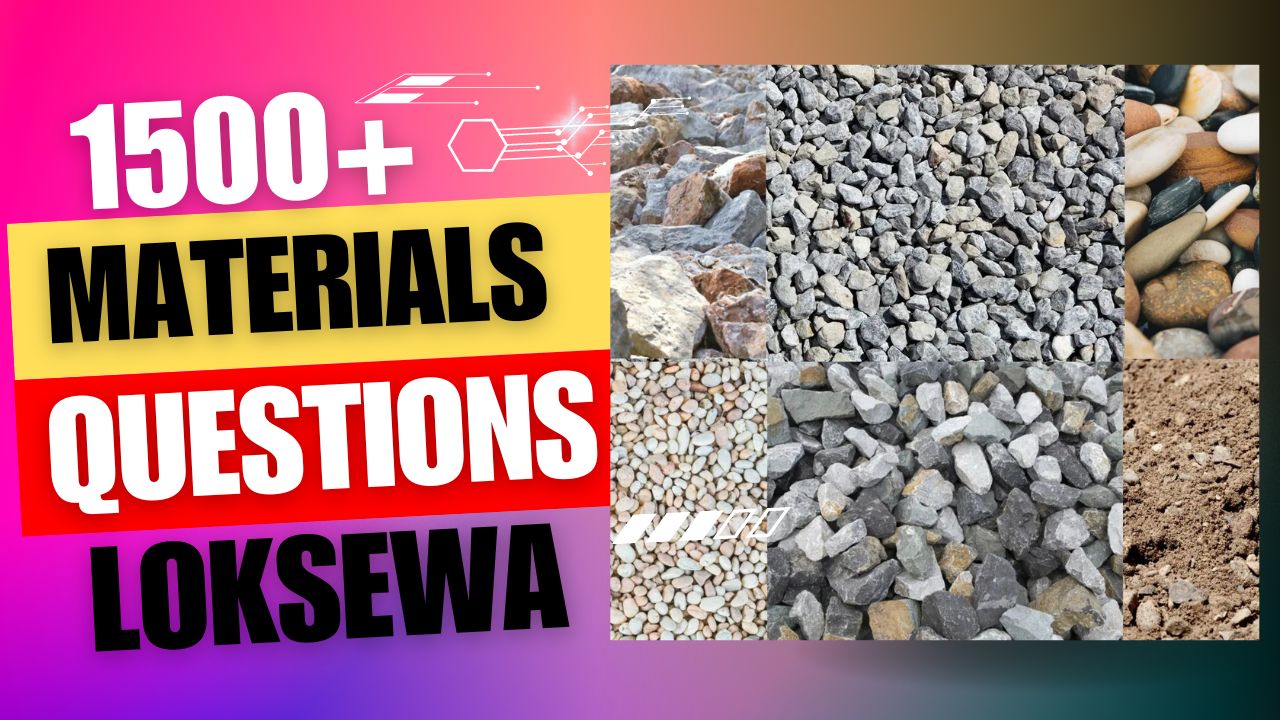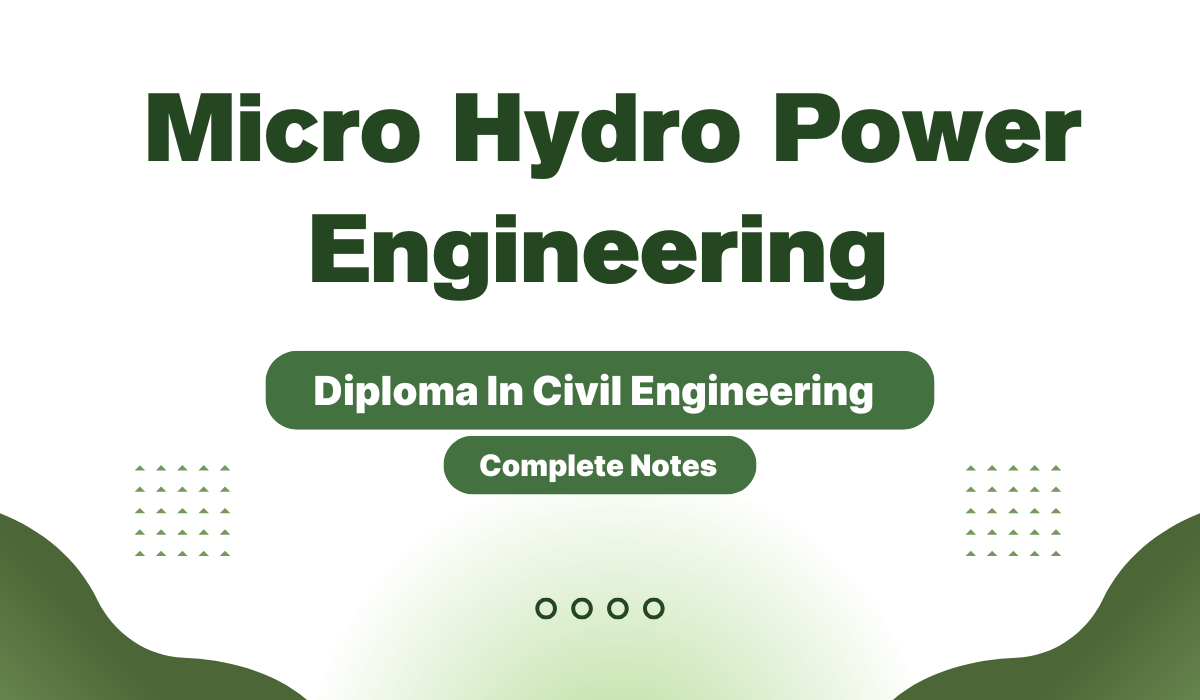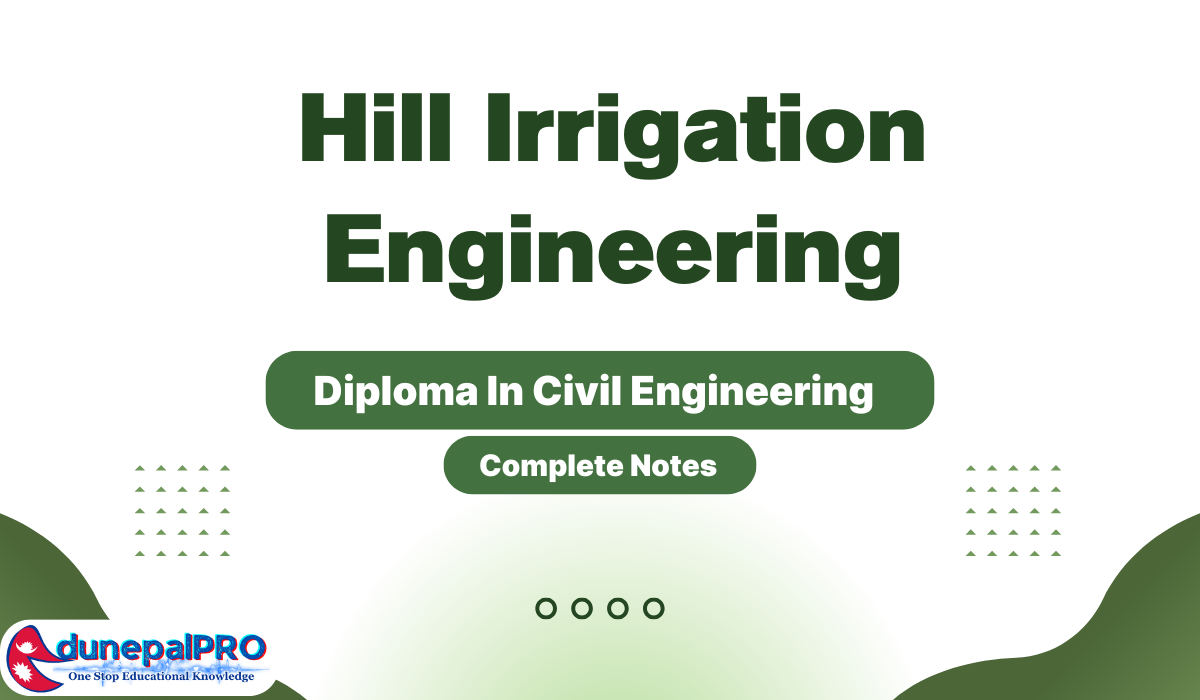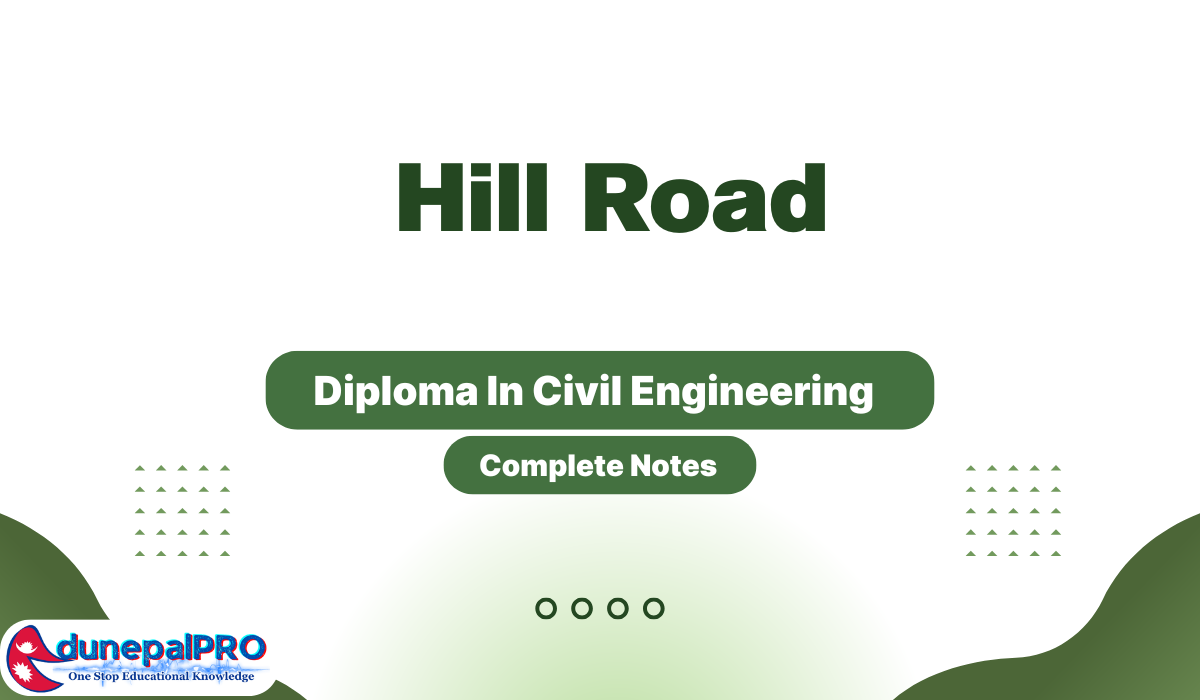Welcome to the world of Loksewa Exam Model Questions! If you’re preparing for the prestigious Loksewa (Public Service Commission) examinations in Nepal, you’ve come to the right place. This blog is your ultimate resource for a wide range of model questions, carefully curated to help you ace your Loksewa exam.
1. What are aggregates in the context of construction materials?
a) Cementitious materials
b) Reinforcing materials
c) Granular materials
d) Organic materials
View Answer
Correct answer: c) Granular materials
Explanation: Aggregates refer to granular materials, such as sand, gravel, crushed stone, or slag, which are used in construction to provide bulk, strength, and stability to the final product.
2. Which of the following is NOT a type of natural aggregate?
a) Sand
b) Gravel
c) Crushed stone
d) Recycled concrete
View Answer
Correct answer: d) Recycled concrete
Explanation: Recycled concrete is considered a man-made or artificial aggregate, as it is produced by crushing and reusing old concrete.
3. Which property of aggregates is crucial for determining their suitability for use in concrete?
a) Color
b) Size
c) Shape
d) Weight
View Answer
Correct answer: b) Size
Explanation: The size of aggregates is a critical factor in concrete mix design, as it affects the workability, strength, and durability of the concrete.
4. The term “coarse aggregates” refers to particles larger than which size?
a) 4.75 mm (No. 4 sieve)
b) 2.36 mm (No. 8 sieve)
c) 0.075 mm (No. 200 sieve)
d) 0.425 mm (No. 40 sieve)
View Answer
Correct answer: a) 4.75 mm (No. 4 sieve)
Explanation: Coarse aggregates are larger particles retained on the No. 4 sieve, typically ranging in size from 4.75 mm to 20 mm.
5. What is the main purpose of using fine aggregates in concrete?
a) To increase workability
b) To improve strength
c) To reduce shrinkage
d) To enhance durability
View Answer
Correct answer: a) To increase workability
Explanation: Fine aggregates, such as sand, are used in concrete to improve workability by filling the gaps between larger particles and providing lubrication.
6. Which type of aggregate has a higher absorption capacity?
a) Porous aggregate
b) Non-porous aggregate
c) Lightweight aggregate
d) Heavyweight aggregate
View Answer
Correct answer: a) Porous aggregate
Explanation: Porous aggregates have higher absorption capacity due to their inherent porosity, which can affect the water-cement ratio and overall concrete properties.
7. Which aggregate property affects the workability of concrete?
a) Absorption capacity
b) Specific gravity
c) Shape and texture
d) Gradation
View Answer
Correct answer: c) Shape and texture
Explanation: The shape and texture of aggregates influence the workability of concrete by affecting the cohesion between particles and the ease of mixing and placing.
8. Which of the following is a common test to determine the soundness of aggregates?
a) Sieve analysis
b) Specific gravity test
c) Aggregate crushing value test
d) Los Angeles abrasion test
View Answer
Correct answer: d) Los Angeles abrasion test
Explanation: The Los Angeles abrasion test is commonly used to assess the soundness and durability of aggregates by subjecting them to abrasion and impact in a rotating steel drum.
9. Which type of aggregate is typically used for the construction of lightweight concrete?
a) Crushed stone
b) Natural sand
c) Gravel
d) Expanded clay, shale, or slate
View Answer
Correct answer: d) Expanded clay, shale, or slate
Explanation: Lightweight aggregates, such as expanded clay, shale, or slate, are commonly used in the production of lightweight concrete due to their low density.
10. Which type of aggregate is commonly used in the production of high-strength concrete?
a) Rounded gravel
b) Angular crushed stone
c) Flaky sand
d) Irregular-shaped pebbles
View Answer
Correct answer: b) Angular crushed stone
Explanation: Angular crushed stone is preferred for high-strength concrete as it provides better interlocking and mechanical bond between particles, resulting in improved strength.





